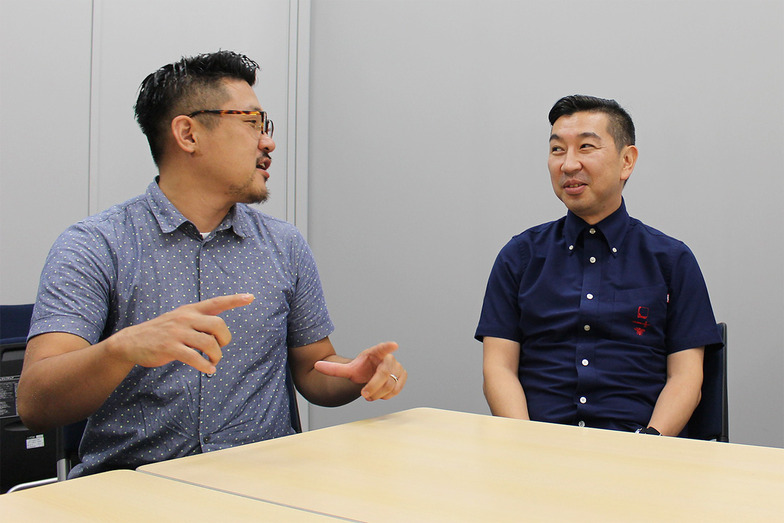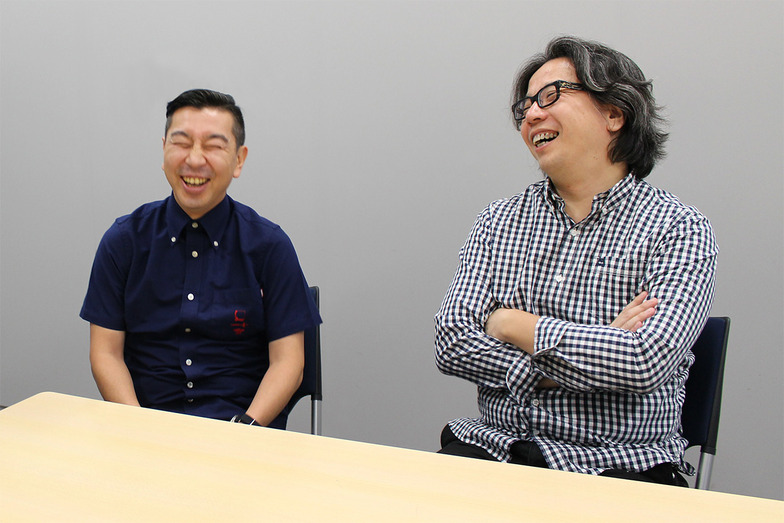Book: 'Dentsu Inc. Design Talk Vol.2' Seiichi Saito × Yugo Nakamura × Akio Iida "Creating Opportunities to Create"
Was this article helpful?
Newsletter registration is here
We select and publish important news every day
For inquiries about this article
Back Numbers
Author

Seiichi Saito
Rhizomatiks
Born in Kanagawa in 1975. Studied architectural design at Columbia University's Graduate School of Architecture, Planning and Preservation (MSAAD) and began working in New York in 2000. Subsequently worked as a creative at the Arnell Group. Returned to Japan after being selected as an artist for the 2003 Echigo-Tsumari Art Triennale. After working as a freelance creative, he founded Rhizomatiks in 2006. Building on the logical thinking cultivated through architecture, he continues to create numerous three-dimensional and interactive works in the realms of art and commercial media. He received numerous domestic and international advertising awards from 2009 to 2014. Currently, he is the CEO of Rhizomatiks and a part-time lecturer in the Department of Design at Kyoto Seika University. He served as a juror for the D&AD Digital Design category in 2013 and for the Branded Content and Entertainment category at the Cannes Lions in 2014. In 2015, he was the Theater Content Director for the Japan Pavilion at Expo Milano and the Media Art Director for Roppongi Art Night 2015. He was also a juror for the Good Design Award 2015-2016.

Yugo Nakamura
tha ltd.
Born in Nara Prefecture in 1970. Graduated from the Graduate School of Engineering, University of Tokyo. Professor at Tama Art University. Has been involved in web design and interface design since 1998. Founded the design studio "tha ltd." in 2004. Since then, he has continued to work across and within the fields of art direction, design, and programming for numerous websites and videos. Major projects include web direction for UNIQLO, UI design for KDDI's "INFOBAR" smartphone, and direction for NHK's educational program "Design Ah". Major awards include the Cannes Lions Grand Prix, Tokyo Interactive Ad Awards Grand Prix, TDC Grand Prix, Mainichi Design Award, and the Minister of Education, Culture, Sports, Science and Technology's New Artist Award.

Iida Akio
Dentsu iX Inc.
Born in Aomori Prefecture in 1967. While enrolled in the Architecture Department at Tama Art University, he was a founding member of Saburo Teshigawara's dance company "KARAS," performing in Paris and internationally. After graduating, he began his career as an editor. In the mid-90s, he produced numerous books as a key figure in the character boom. In 2002, he co-founded BAPE GALLERY with NIGO® of A Bathing Ape and interior designer Masamichi Katayama, working as a curator. In 2005, he joined Wieden+Kennedy Tokyo. During his tenure, he was primarily involved in advertising creative for NIKE, Google, and SonyPlaystation. In 2011, following the Great East Japan Earthquake, he co-founded the general incorporated association ISHINOMAKI2.0 with local and Tokyo-based colleagues. In 2012, he joined Dentsu Razorfish, engaging in cross-functional work spanning advertising to social contribution activities.



